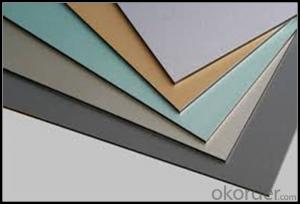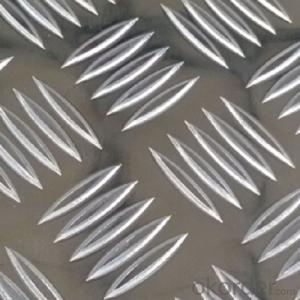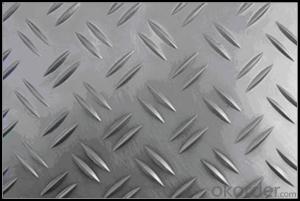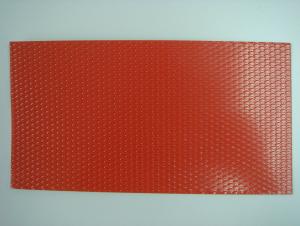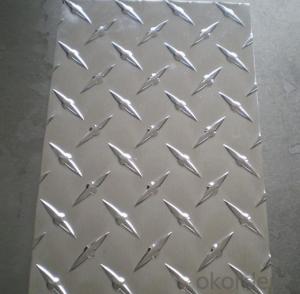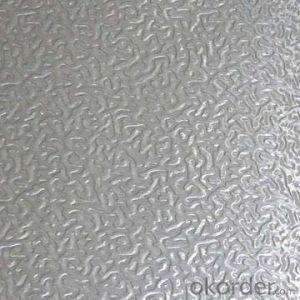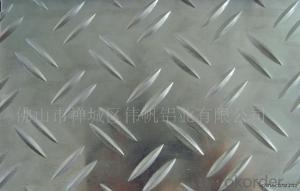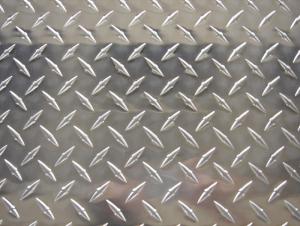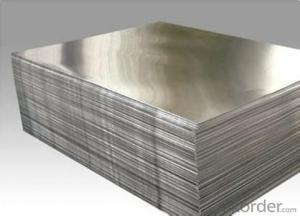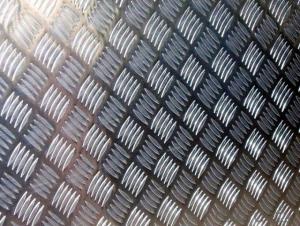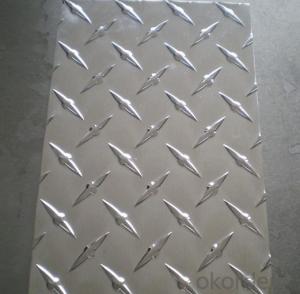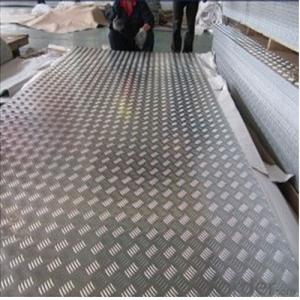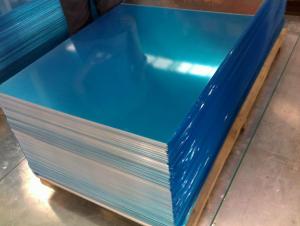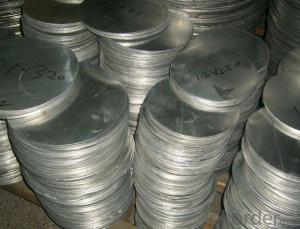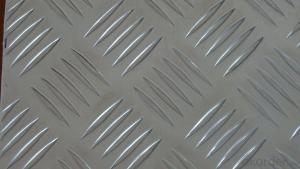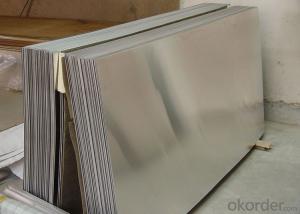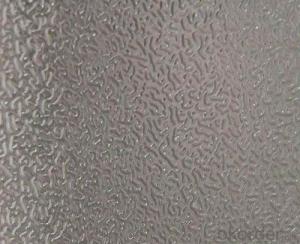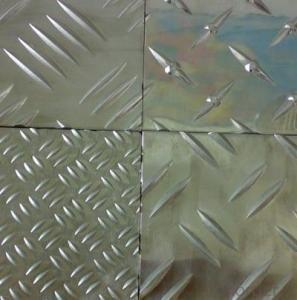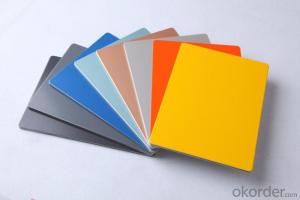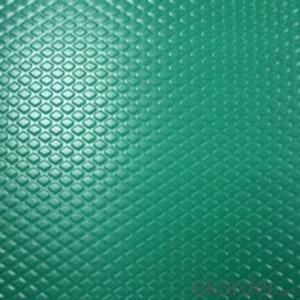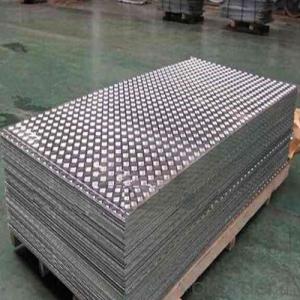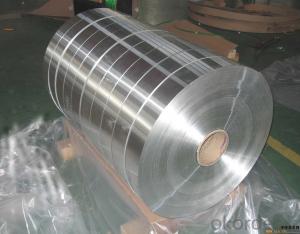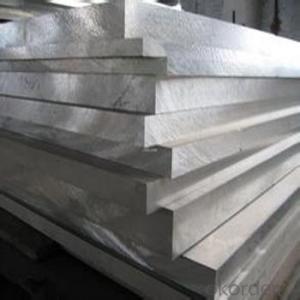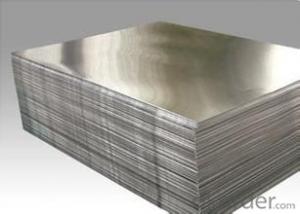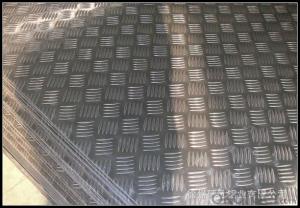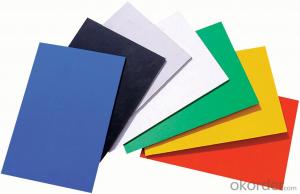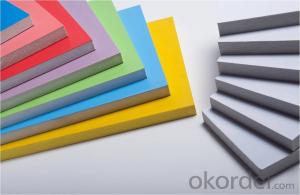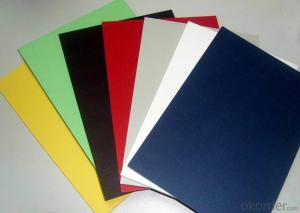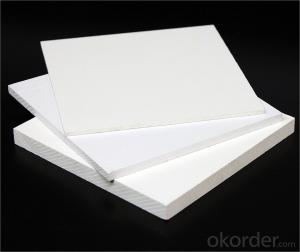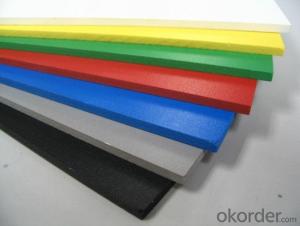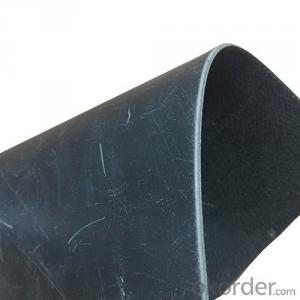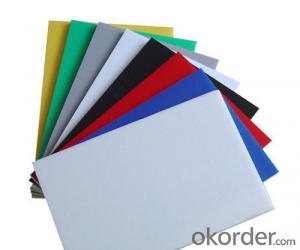Aluminum Tread Plate Sheets
Aluminum Tread Plate Sheets Related Searches
Tread Plate Aluminum Sheets Aluminum Tread Plate Sheet Aluminum Tread Plate Sheet Metal Aluminum Sheet Plate Tread Plate Aluminum Checker Plate Aluminum Sheets Aluminum Checker Plate Sheet Aluminum Tread Plate Sheet 4x8 Diamond Plate Aluminum Sheets Aluminum Tread Plate Patterns Tread Aluminum Plate Polished Aluminum Tread Plate Aluminum Sheet And Plate Aluminum Tread Plate For Sale Aluminum Tread Plate Tool Box Sheets Of Aluminum Diamond Plate Black Aluminum Tread Plate Polished Aluminum Sheet Aluminum Sheet Diamond Plate Aluminum Tread Plate Prices Diamond Plate Sheet Aluminum Aluminum Tread Plate Suppliers Aluminum Tread Plate Thickness Sheet Of Diamond Plate Aluminum Aluminum Diamond Tread Plate Aluminum Tread Plate Weight Embossed Aluminum Tread Plate Aluminum Foil Sheet Diamond Tread Plate Aluminum Rolled Aluminum SheetAluminum Tread Plate Sheets Supplier & Manufacturer from China
Aluminum Tread Plate Sheets are a type of metal sheet material that features a raised diamond pattern on one side, providing excellent slip resistance and durability. These sheets are made from high-quality aluminum, making them lightweight and corrosion-resistant, ideal for various industrial and commercial applications. The unique tread pattern on the surface of the sheets offers superior traction, making them suitable for environments where safety is a priority, such as walkways, ramps, and platforms.Aluminum Tread Plate Sheets are widely used in a variety of industries, including construction, transportation, and manufacturing. They are commonly found in areas where heavy foot traffic or equipment movement is expected, such as loading docks, workshops, and warehouses. The sheets can also be used for decorative purposes, adding a modern and industrial aesthetic to interior spaces. Their slip-resistant properties make them an excellent choice for stair treads, pool surrounds, and other areas where a non-slip surface is required.
Okorder.com is a leading wholesale supplier of Aluminum Tread Plate Sheets, offering a vast inventory of this product to meet the needs of various customers. With a commitment to quality and customer satisfaction, Okorder.com ensures that the aluminum tread plate sheets they provide are of the highest standard. Their extensive inventory allows them to cater to both small and large orders, making them a reliable source for businesses and individuals alike who require these sheets for their projects or applications.
Hot Products
